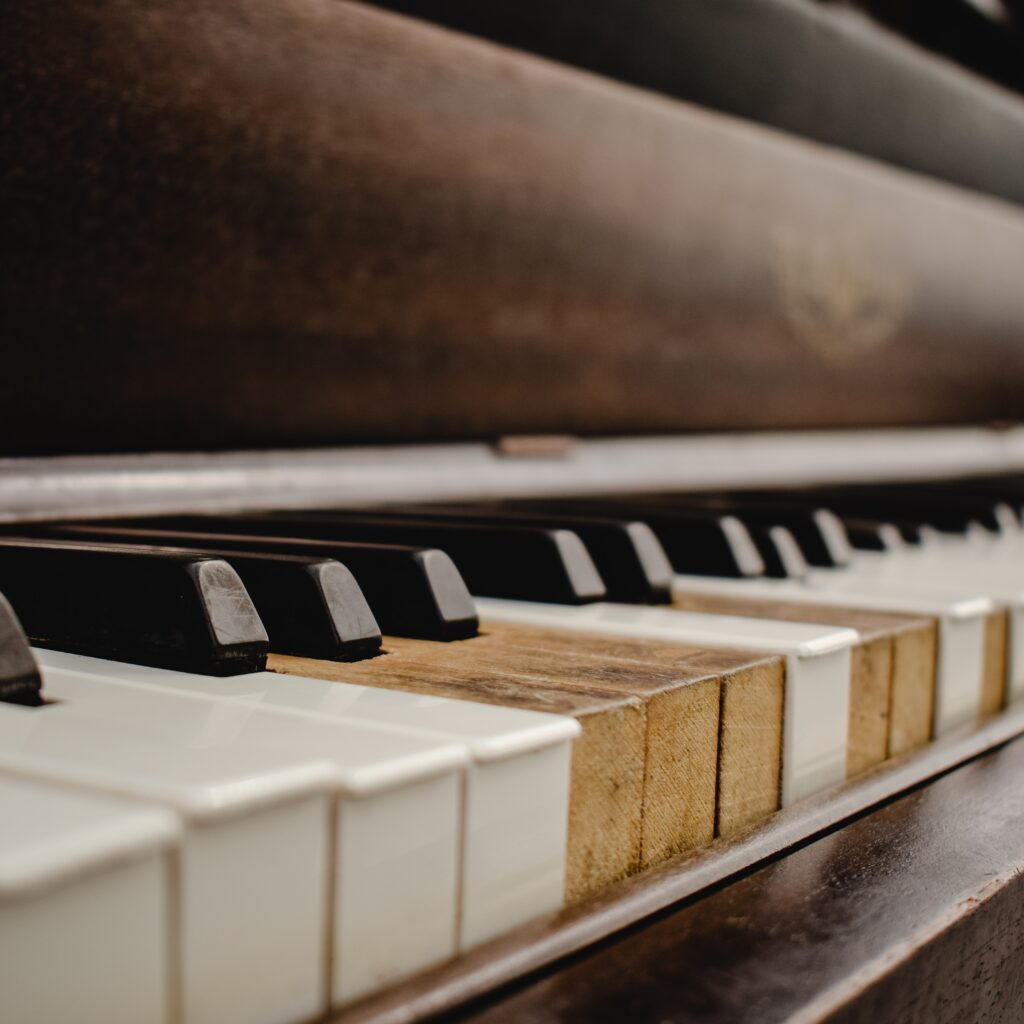If you’ve been wondering, “what’s a piano chord?” you’re not alone. Piano chords are the building blocks of almost all piano music and understanding them can unlock a world of musical possibilities. This article will guide you through every step you need to know to understand and play piano chords.

Table of Contents
What is a Piano Chord?
A piano chord is a set of two or more notes played together to produce a harmonious sound. These chords form the harmonic foundation of a song and serve as the framework upon which melodies and rhythms are built. Whether you’re interested in classical compositions or modern pop music, understanding what a piano chord is and how it functions can greatly enhance your musical skills.
Types of Piano Chords
Before diving into playing, it’s crucial to familiarize yourself with the most common types of piano chords. Knowledge of these chord types will serve as a solid foundation for your future piano endeavors. These include:
Major Chords: Major chords are bright and uplifting. They consist of the root note, the major third, and the perfect fifth.
Minor Chords: Minor chords are often described as moody or melancholic. They contain the root note, the minor third, and the perfect fifth.
Seventh Chords: These chords add an extra layer of complexity by including a seventh note in addition to the root, third, and fifth. The seventh note can be a major seventh, minor seventh, or a dominant seventh, depending on the chord.
Suspended Chords: Suspended chords create a sense of tension or expectation. They replace the third note with either a second or a fourth.
How to Play a Basic Major Chord
Major chords are foundational and you’ll find them in almost every genre of music. To play a basic major chord, you’ll need to identify and play the root, the third, and the fifth notes of the chord. Here’s a step-by-step guide:
Step 1: Locate the Root Note on the Keyboard
The root note is the base of your chord and is the note that names the chord. For example, in a C major chord, the root note is C.
Step 2: Count Four Keys to the Right to Find the Third Note
From the root note, count four keys to the right (this includes both white and black keys). This note is called the ‘major third.’
Step 3: Count Three More Keys to the Right to Find the Fifth Note
Starting from the third note, count three more keys to the right (again, including both white and black keys). This note is known as the ‘perfect fifth.’
Step 4: Play These Three Notes Simultaneously
Place your fingers on the root, third, and fifth notes and press them down at the same time. Congratulations, you’ve just played a major chord!
Common Mistakes and How to Avoid Them
As you venture into understanding piano chords, you might stumble upon some common errors. These are part of the learning process, and the good news is that they can be easily rectified. Let’s look at the most frequent mistakes and how to avoid them:
Pressing Keys Too Hard
Applying excessive force while pressing the keys can lead to a harsh, jarring sound and unnecessary stress on your fingers. To avoid this, practice pressing the keys gently and focus on creating a smooth, even sound.
Incorrect Finger Positioning
The placement of your fingers can significantly impact the sound of the chord. Ensure that your fingers are arched, relaxed, and correctly aligned with the keys to produce a clearer tone.
Playing Too Quickly
It’s natural to want to play fast, especially when you’re excited about learning. However, rushing through chords can lead to mistakes. Take your time to learn each chord thoroughly before increasing the tempo.
Tips for Faster Learning
Accelerating your learning curve for piano chords doesn’t have to be a complicated process. Here are some pro tips to help you master piano chords more quickly:
Start with Simple Songs
Beginning with straightforward songs that use basic chords can boost your confidence and give you a practical application for your skills. As you become comfortable, gradually introduce more complex songs and chords into your practice.
Practice Regularly
Consistency is key to quick mastery. Set aside dedicated time every day to practice, even if it’s just for a few minutes. Regular practice will help reinforce muscle memory and make playing chords second nature.
Use Chord Charts
Chord charts are an excellent resource for visual learners. They provide a graphical representation of the keyboard and indicate where to place your fingers for each chord. Utilizing chord charts can make the learning process easier and more enjoyable.
For more articles on piano questions, click here: Piano Questions: Your Ultimate Guide to Understanding All About Pianos
Conclusion: What’s a Piano Chord
Understanding what a piano chord is and how to play it is a critical step in your journey as a pianist. Whether you’re interested in classical, jazz, pop, or any other genre, chords are the building blocks that will enable you to create harmonious music.
While the process might seem daunting initially, remember that even the most experienced musicians were once beginners too